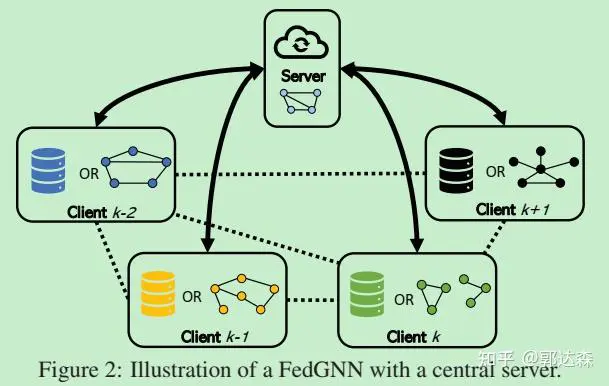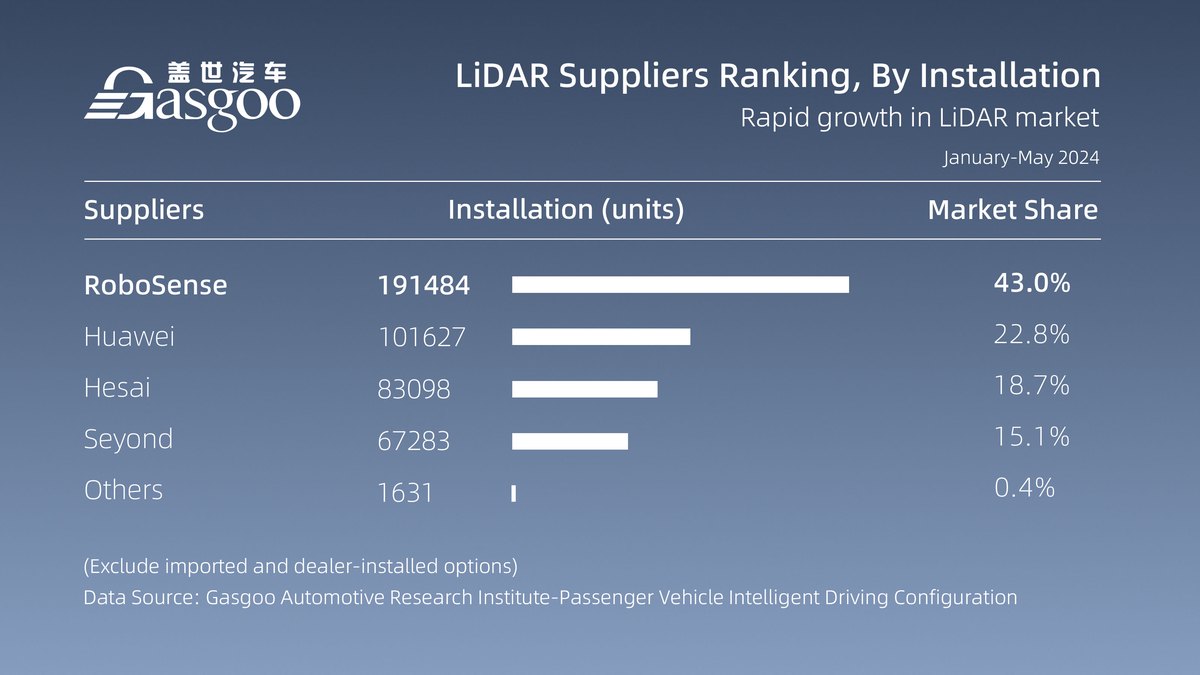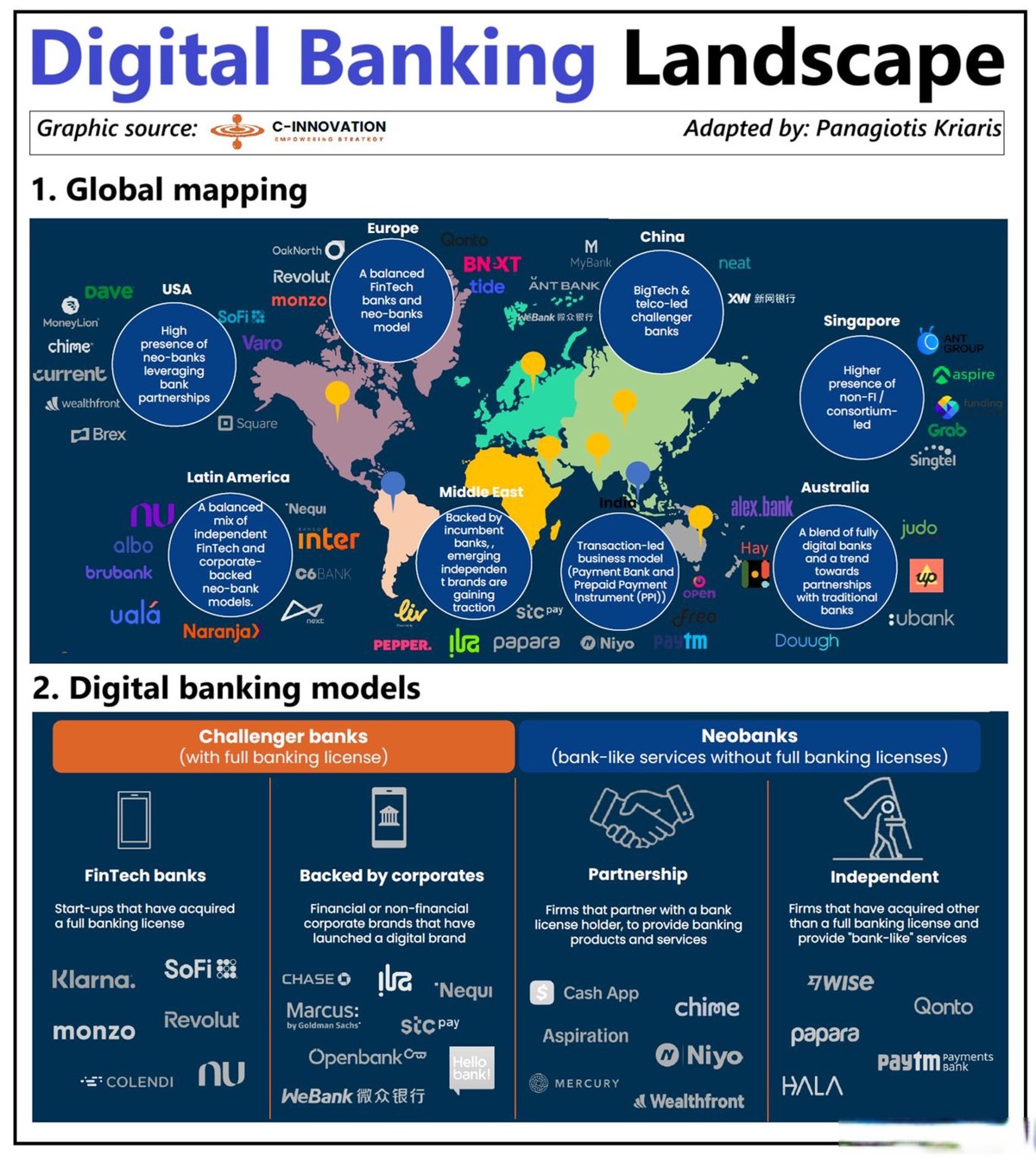


================================================================================
In recent years, neural networks have become one of the most transformative tools in financial markets. With their ability to analyze complex patterns and make predictions based on vast datasets, neural networks offer unique insights into market trends, enabling traders to make data-driven decisions. In this article, we will delve into how neural networks predict market trends, exploring the methodologies, benefits, challenges, and strategies for using them in trading.
What are Neural Networks?
Neural networks are a subset of machine learning (ML) models inspired by the human brain’s structure. These systems consist of interconnected nodes or “neurons” that process information in layers, allowing them to learn from historical data and improve their predictions over time. The ability of neural networks to identify patterns in vast amounts of data makes them particularly useful in financial forecasting, where market data can be highly nonlinear and complex.
Why Use Neural Networks for Market Prediction?
Neural networks excel in environments with large and complex datasets, making them ideal for financial markets, where numerous factors influence asset prices. They can:
- Identify hidden patterns: Unlike traditional statistical methods, neural networks can uncover intricate relationships between market variables.
- Adapt to new data: Neural networks can be trained to continuously update predictions as new data flows in, enabling them to adapt to changing market conditions.
- Handle vast data: They can process and analyze large datasets quickly, including stock prices, economic indicators, and sentiment data.
This makes them a crucial tool for quantitative trading and market prediction.
How Neural Networks Predict Market Trends
1. Data Preprocessing and Feature Selection
Before neural networks can make predictions, they require high-quality data. In financial markets, this includes historical price data, trading volumes, economic indicators, news sentiment, and more. Data preprocessing is a critical step in preparing data for neural network models. This includes:
- Cleaning: Removing outliers and irrelevant data.
- Normalization: Scaling data to ensure consistent units and ranges.
- Feature selection: Choosing the most relevant features or variables that influence market trends.
Once the data is preprocessed, it is split into training and testing sets to allow the model to learn and validate its performance.
2. Training the Neural Network Model
Neural networks use supervised learning for training, where the model is provided with labeled data (historical market data and corresponding outcomes). The model adjusts its internal weights to minimize the difference between its predicted output and the actual market trend. This process is called backpropagation, where the error is propagated backward through the network, adjusting weights in each layer.
The training process involves:
- Choosing the architecture: Deciding on the number of layers and neurons in each layer.
- Selecting activation functions: Functions that help introduce non-linearity in the model, such as ReLU (Rectified Linear Unit) or sigmoid functions.
- Optimization: Using optimization algorithms like gradient descent to improve the model’s accuracy over time.
3. Predicting Market Trends
Once the model is trained, it can be used to predict future market trends. Neural networks can forecast various market aspects, such as:
- Price prediction: Forecasting the future price of an asset based on historical data.
- Trend direction: Identifying whether an asset’s price will go up or down in the short or long term.
- Volatility estimation: Predicting the level of market volatility, helping traders understand potential risk.
Neural networks can also incorporate sentiment analysis from news and social media to improve predictions, giving them an edge over traditional models that rely solely on quantitative data.
Types of Neural Networks Used in Market Prediction
1. Feedforward Neural Networks (FNNs)
Feedforward Neural Networks are the simplest type of neural network. They consist of an input layer, one or more hidden layers, and an output layer. Each layer is fully connected to the next. FNNs are effective for predicting short-term market trends based on historical price data.
Advantages:
- Simple and easy to implement.
- Efficient for time-series forecasting with clear input-output relationships.
Disadvantages:
- Limited in capturing complex time-series relationships due to their lack of memory.
2. Recurrent Neural Networks (RNNs)
Recurrent Neural Networks are designed to handle sequential data, which makes them ideal for time-series prediction, such as stock price movements over time. Unlike FNNs, RNNs have feedback loops that allow them to maintain memory of previous inputs, making them effective at capturing trends over longer periods.
Advantages:
- Can capture temporal dependencies and trends.
- Effective for forecasting stock prices based on historical data.
Disadvantages:
- Prone to issues like vanishing gradients, making them hard to train on long sequences.
3. Long Short-Term Memory (LSTM) Networks
LSTMs are a special type of RNN designed to overcome the vanishing gradient problem. They can store information for longer periods, making them well-suited for long-term forecasting and capturing complex market behaviors.
Advantages:
- Able to capture long-term dependencies and trends.
- Widely used in financial market prediction.
Disadvantages:
- Computationally expensive.
- Requires large datasets for training.
4. Convolutional Neural Networks (CNNs)
Although primarily used in image recognition, CNNs can also be applied to market prediction by interpreting time-series data as images or matrices. CNNs are effective at recognizing patterns in market data and can be used to predict price movements or volatility.
Advantages:
- Efficient in recognizing spatial and temporal patterns.
- Can be used to extract features from multiple sources of data (e.g., price and sentiment).
Disadvantages:
- Not as intuitive for time-series forecasting as RNNs or LSTMs.
How to Integrate Neural Networks into Trading Strategies
1. Backtesting and Optimization
To ensure the accuracy and effectiveness of a neural network model, traders must backtest the model using historical data. This process helps assess whether the model’s predictions would have been profitable in real-market conditions. Traders typically use optimization techniques to fine-tune the model parameters, such as the number of layers, neurons, and learning rate.
2. Automating Trade Execution
Once the neural network model is trained and validated, it can be integrated into an algorithmic trading system. This system can automatically execute buy or sell orders based on the predictions generated by the neural network, reducing human intervention and enabling real-time decision-making.
3. Risk Management
Neural networks can also be used for risk management by predicting market volatility and adjusting the position sizes accordingly. By incorporating neural network predictions, traders can minimize exposure to high-risk market conditions and protect their portfolios.
Advantages and Disadvantages of Using Neural Networks in Market Prediction
Advantages:
- High Accuracy: Neural networks can identify complex patterns in large datasets, offering better predictions than traditional models.
- Adaptability: Models can be retrained with new data, allowing them to adapt to changing market conditions.
- Versatility: Neural networks can be applied to different types of financial assets, including stocks, forex, and cryptocurrencies.
Disadvantages:
- Data Intensive: Neural networks require vast amounts of historical data for training.
- Computationally Expensive: Training neural networks can require significant computing power and resources.
- Overfitting: If the model is not properly regularized, it may overfit to the training data and perform poorly on unseen data.
FAQ: Frequently Asked Questions About Neural Networks in Market Prediction
1. How do neural networks improve quantitative trading?
Neural networks can enhance quantitative trading by providing more accurate market predictions, identifying complex patterns in market data, and offering real-time decision-making capabilities. This allows traders to maximize returns and minimize risk by making data-driven, automated trading decisions.
2. Where can I learn about neural networks for trading?
There are various online platforms that offer courses on neural networks for trading, including Coursera, Udemy, and edX. Additionally, there are books and tutorials dedicated to neural networks and quantitative trading.
3. What are the best neural network models for stock prediction?
The most commonly used models for stock prediction are LSTMs, as they excel in capturing long-term dependencies in time-series data. RNNs are also popular, especially for predicting short-term trends, while CNNs can be used for pattern recognition in multi-dimensional market data.
Conclusion
Neural networks have revolutionized market prediction by enabling traders to make more accurate, data-driven decisions. Their ability to process large datasets and identify complex patterns allows for more effective forecasting of market trends. By leveraging LSTMs, RNNs, and other neural network architectures, traders can enhance their predictive models and optimize trading strategies. While neural networks come with challenges such as computational expense and data requirements, their potential to improve trading accuracy and profitability makes them an invaluable tool in the modern trading landscape.